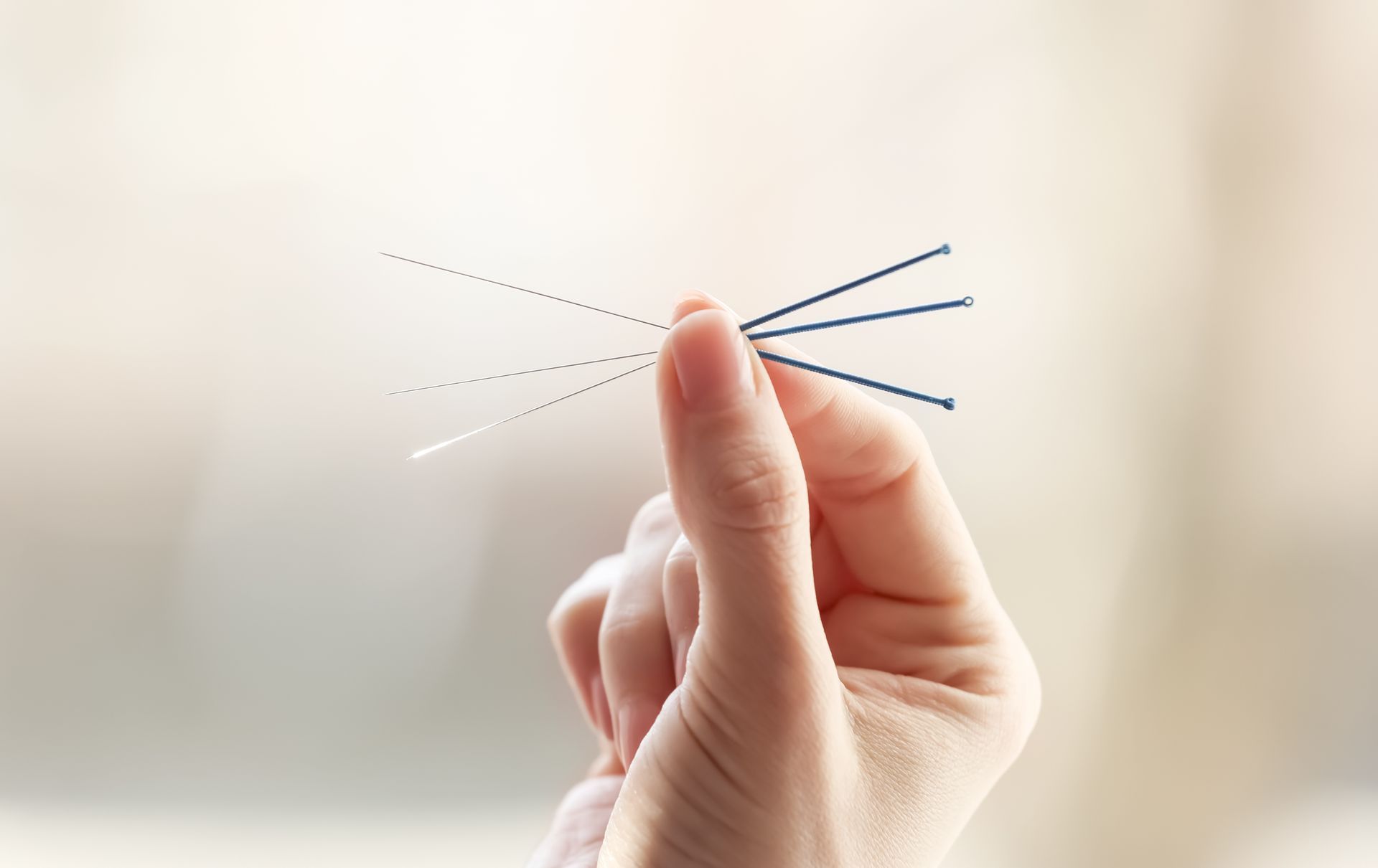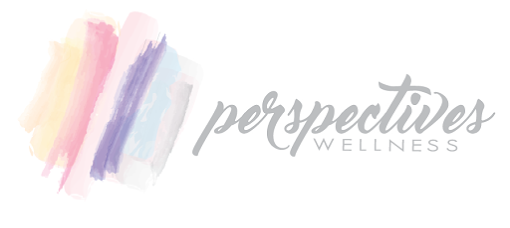27600 Chagrin Blvd Suite 490 Woodmere, OH 44122 Call or Text: (216) 359 7189 Email: info@perspectiveswellness.com
FAQ's
What is Naturopathic Medicine?
As defined by the American Association of Naturopathic Physicians, Naturopathic medicine is “a distinct primary health care profession, emphasizing prevention, treatment and optimal health through the use of therapeutic methods and substances which encourage the person’s inherent self –healing process.”
What is a Naturopathic Doctor?
A Naturopathic Doctor (ND) is an expert in natural medicine. NDs blend natural, non-toxic therapies with current advancements in the study of health and human systems. They are committed to bringing cutting edge medical knowledge and tools to the resolution of their patients’ health issues and to maintaining the agility necessary to create health solutions that can be uniquely tailored to each patient’s needs. NDs provide patients with the time, space and answers they need to feel cared for and supported. Naturopathic doctors attempt to find the underlying cause of the patient’s condition rather than focusing solely on symptomatic relief.
What type of training do Naturopathic Doctors receive?
Before being accepted into Naturopathic medical school, an individual must have obtained a degree from a 4-year college or university and completed all pre-medicine requirements. Naturopathic Doctors are graduates from 4-year professional level programs from accredited institutions (see below). Both the Naturopathic and conventional medical school curriculum consists of the same basic science courses. The ND curriculum differs from conventional curriculums in that it also consists of courses in clinical nutrition, homeopathic medicine, botanical medicine, skeletal manipulation, psychology and counseling. NDs spend the second half of their schooling working in outpatient clinics gaining clinical experience under the guidance and supervision of licensed health professionals (MD, DO, ND, DC). Graduates must then pass a series of clinical and board exams to obtain licensure. Additionally, opportunities exist to pursue further training in Residency programs.
What is Oriental Medicine?
As defined by the National Certification Commission for Acupuncture and Oriental Medicine (NCCAOM) Oriental medicine is a comprehensive health care system encompassing a variety of traditional health care therapies including the practice of acupuncture, Chinese herbology and Asian bodywork therapy specifically gua sha, tui na, and cupping to diagnose and treat illness, prevent disease and improve well-being.
What is Cupping?
Cupping is the term applied to a technique that uses either glass cups or bamboo jars as suction devices that are placed on the skin to disperse and break up congestion. There are several ways that a practitioner can create the suction in the cups.
What is Acupuncture?
Acupuncture is a modality of treatment within a system of medicine known as Oriental Medicine (OM). It is widely practiced both as a primary and adjunctive form of treatment for a wide array of medical conditions. Although standard protocols for certain conditions exist, the premise of Acupuncture lies in understanding an individual’s experience of disease by using his or her specific symptoms to tailor a treatment protocol unique to the patient. This is done by collecting diagnostic information including looking at the tongue, assessing wrist pulses, palpating areas on the body and asking specific questions relating to diet, lifestyle, and a review of body systems. Once a Traditional Chinese Medicine (TCM) diagnosis is achieved, the acupuncturist will determine how to affect the body’s “qi.”
Is Acupuncture Safe?
Yes! A wonderful advantage of acupuncture is that it is an extremely safe method of treatment. Additionally, our practitioner has over 1,500 hours of training and has passed the national certification exams administered by the NCCAOM.
What is Trigger Point or "Dry Needling?"
Trigger point or “Dry Needling” is a form of acupuncture treatment that involves the release of trigger or pain points also known as “Ashi points.” This is helpful in the eradication of chronic and acute myofascial pain syndromes. By releasing trigger points, muscular tension is reduced and circulation is improved allowing the body to increase nutrient and oxygen delivery as well as waste and toxin removal from the muscles and surrounding tissues.
What is Botanical Therapy?
Botanical therapy also known as herbal medicine or phytomedicine refers to the use of various parts of a plant such as such roots, leaves, stems, flowers, bark or fruits for medicinal purposes. There are various categories of botanicals (Eastern, Western and Ayurvedic) and although there is overlap among these categories, the way in which the botanicals are used and combined differs.
What is Homeopathy?
Homeopathy is a form of nanomedicine. It works to stimulate healing and reduce susceptibility to disease using substances found in nature in extremely small quantities known as nanoparticles.
What services does Perspectives Wellness offer?
Acupuncture
Can your services be combined with other medical care?
Absolutely! Our services work synergistically with other medical interventions and are intended to help your body perform its natural functions more effectively.
What conditions does Perspectives Wellness treat?
Please see the full list of conditions treated on our Patients page.
What should I expect during my appointment?
The initial visit lasts about 90 minutes and allows for an in depth review of your health history and present concern. At the end of the visit, you will receive a customized health plan tailored to your lifestyle and budget. We pride ourselves on getting to know you and work together to meet your unique health goals. Please bring completed new patient forms with you on your first visit.



